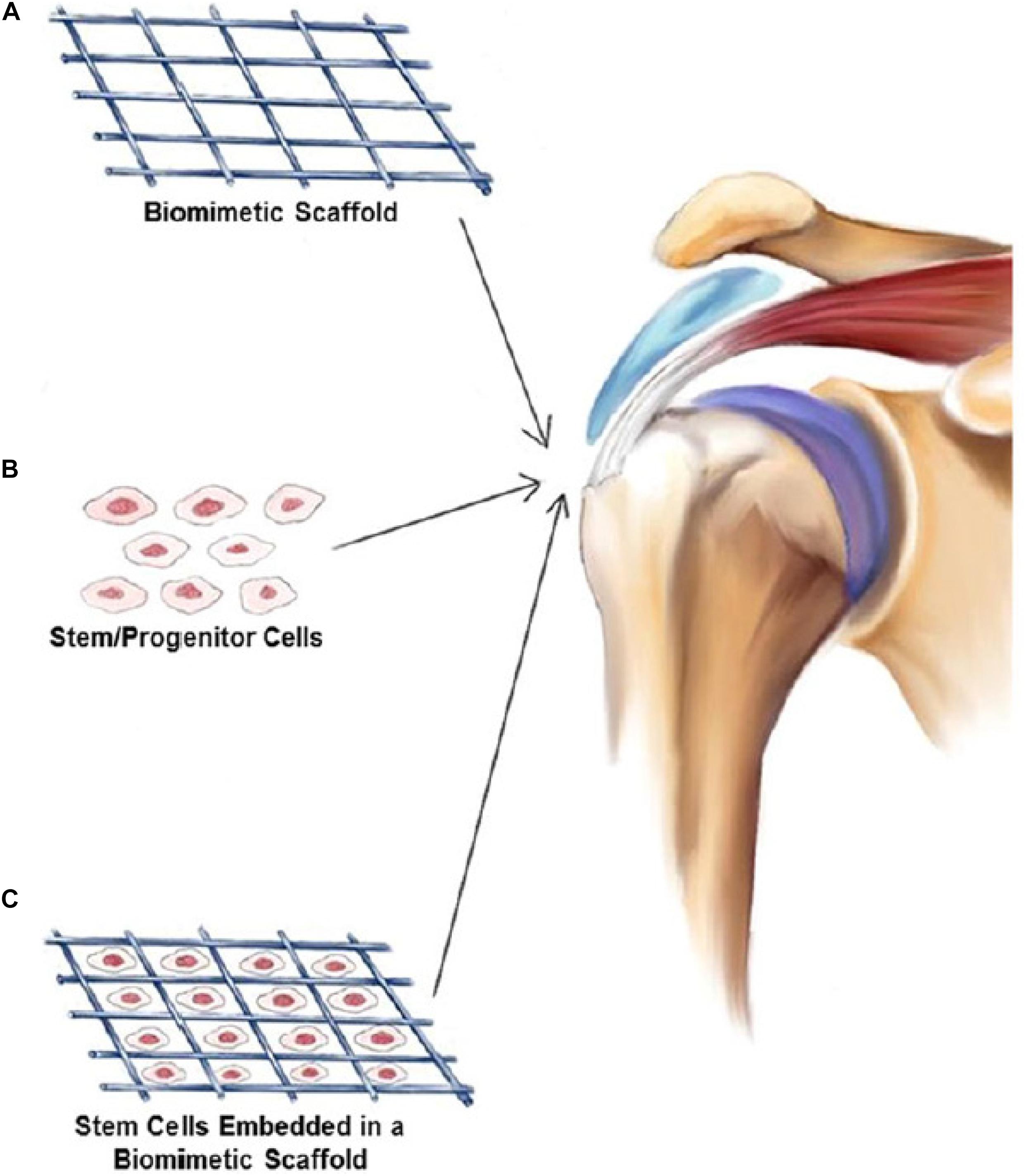
Level III, retrospective comparative study.Ĭopyright © 2019 Arthroscopy Association of North America. This study showed continued safety and efficacy of an intratendinous injection of AD MSCs for the treatment of partial-thickness rotator cuff tears over a 2-year period through regeneration of tendon defects. No failures-defined as the performance of any kind of shoulder surgery or return of the Shoulder Pain and Disability Index score to the preinjection level-occurred during follow-up. Structural outcomes evaluated with magnetic resonance imaging showed that the volume of bursal-sided defects in the high-dose group nearly disappeared at 1 year and did not recur at up to 2 years.

Shoulder function measured with 6 commonly used scores improved for up to 2 years in all dose groups. The strength of the supraspinatus, infraspinatus, and teres minor significantly increased by greater than 50% at 2 years in the high-dose group. Intratendinous injection of AD MSCs reduced shoulder pain by approximately 90% at 1 and 2 years in the mid- and high-dose groups. There were no treatment-related adverse events at minimum 2-year follow-up. This study enrolled 19 patients (9 for the first part and 10 for the second part) with partial-thickness rotator cuff tears. Structural outcomes included changes in volume of tendon defects measured using magnetic resonance imaging. Clinical outcomes were assessed according to pain, range of motion, muscle strength, functional scores, overall satisfaction and function, and presence of failure. For the second part, we planned to include 9 patients receiving the high dose for the evaluation of exploratory efficacy. The first part of the study consisted of 3 dose-escalation groups, with 3 patients each, for the evaluation of safety: low-dose (1.0 × 10 7 cells), mid-dose (5.0 × 10 7), and high-dose (1.0 × 10 8) groups. We demonstrated that the combination of MSCs and PRP synergistically promotes tendon-bone healing and holds great promise for the treatment of rotator cuff injuries.To assess the mid-term safety and efficacy of an intratendinous injection of autologous adipose tissue-derived mesenchymal stem cells (AD MSCs) for rotator cuff disease at 2-year follow-up. Through biomechanical testing, we found that the combined therapy was most efficient to promote tissue regeneration and enhance the biomechanical property of the newly generated bone.ĬONCLUSIONS: The combined treatment induced strongest signals related to angiogenesis, bone formation, and tendon generation in-situ. Next, we applied MSCs, PRP, and MSCs-PRP combined therapies in rat rotator cuff injury model to compare their therapeutic effects in vivo. RESULTS: We found that the in-vitro co-culture with PRP endowed MSCs with enhanced production of growth factors, better osteogenic differentiation ability, and stronger ability to resist cell death. We also tested the biomechanical property of repair tissues. We evaluated the expression of genes that related to tissue repair, bone formation, and tendon regeneration.

Then, we utilized multiple strategies to treat rotator cuff injuries. MATERIALS AND METHODS: We isolated mesenchymal stem cells (MSCs) and platelet-rich plasma (PRP) and tested the effects of PRP on the gene expression, cell death resistance, and osteogenic differentiation of MSCs. In this work, we aimed to combine different strategies to achieve better beneficial effects on tendon-bone repair. Previous studies have proposed many strategies for treating this disease. Therapy Physical therapy is usually one of the first treatments suggested. If your injury is severe, you might need surgery. Due to limited self-regeneration abilities of the tendon-bone part, rotator cuff injuries remain a clinical challenge. Treatment Conservative treatments such as rest, ice and physical therapy sometimes are all that's needed to recover from a rotator cuff injury.


OBJECTIVE: The injuries of rotator cuff will cause the shoulder dysfunctions. A rotator cuff tear is an injury where one or more of the tendons or muscles of the rotator cuff of the shoulder get torn.


 0 kommentar(er)
0 kommentar(er)
